How to Plan Alaska Day Holiday: Essential Tips for a Seamless Celebration
Planning an Alaska Day holiday means focusing on what makes this day special: celebrating the state’s rich history and culture. To plan a successful Alaska Day, it is important to choose meaningful activities like visiting historic sites, exploring local museums, or enjoying community events that highlight Alaska’s heritage. This approach ensures the holiday is both educational and memorable.
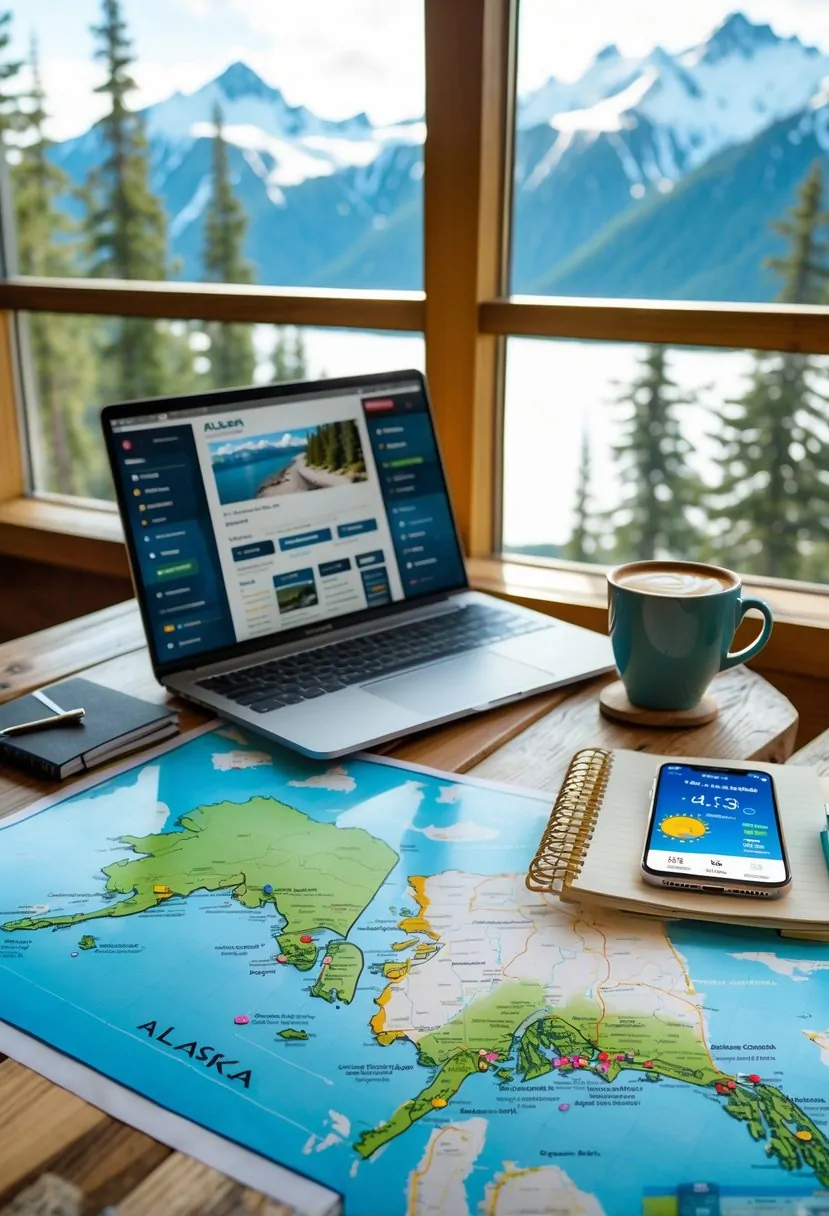
Timing and location also matter. Alaska Day is celebrated on October 18th, so preparing for colder weather and shorter daylight hours will help make the trip comfortable. Many towns, especially Sitka where Alaska Day is best known, host parades, reenactments, and cultural programs. Selecting the right place and event can shape the whole experience.
By focusing on historic connections and cultural events, visitors get a deeper understanding of Alaska’s past while enjoying the unique atmosphere of the holiday. This makes an Alaska Day holiday different from typical vacations and offers a chance to appreciate the state in a meaningful way.
Key Takeways
- Planning should focus on activities that honor Alaska’s history and culture.
- Consider local events and weather conditions when choosing your destination.
- An Alaska Day holiday offers a deeper, unique experience compared to regular trips.
Understanding the Significance of Alaska Day
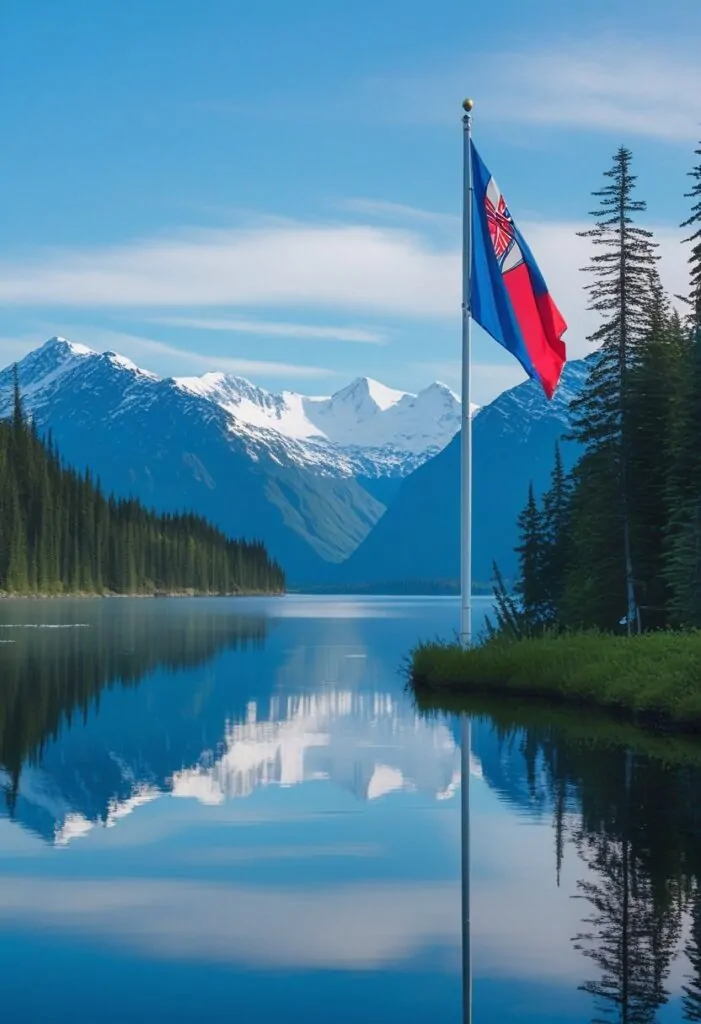
Alaska Day marks a key moment in U.S. history when Alaska became part of the United States. It is observed with official events and holds deep meaning for many people, including Alaska Native communities. Understanding its history, traditions, and diverse perspectives is important when planning to celebrate this holiday.
History of the Alaska Purchase
Alaska Day commemorates the transfer of Alaska from Russia to the United States on October 18, 1867. The U.S. bought this vast territory, known as the Alaska Purchase, for $7.2 million. This price has been called a bargain, given Alaska’s natural resources and size.
The formal ceremony took place in Sitka, where the American flag was raised for the first time. The purchase expanded the U.S. by millions of acres and set the stage for Alaska’s eventual statehood in 1959. Alaska Day honors this historic event and its role in shaping the state.
Official Observances and Traditions
In Alaska, October 18 is an official state holiday. Sitka is the focal point, hosting parades, reenactments, and festivals that attract locals and visitors. These events celebrate the transfer ceremony and Alaska’s rich cultural heritage.
Activities include historic tours, flag-raising ceremonies, and public gatherings. Schools and government offices often close for the day. The Alaska Day festival is longer and more detailed than many other state holidays, emphasizing Sitka’s place in Alaska’s story.
Native Perspectives and Contemporary Discussions
Alaska Day is not just a celebration for everyone. Many Alaska Native groups remember this day differently because it marked a time when control of their lands shifted without their consent.
Discussions focus on respecting native culture and history while acknowledging the impacts of colonization. Some events include storytelling, cultural demonstrations, and talks about Alaska Native rights and preservation efforts. These perspectives add depth to the holiday’s meaning and encourage a fuller understanding of Alaska’s history.
Essential Steps for Planning Your Alaska Day Holiday
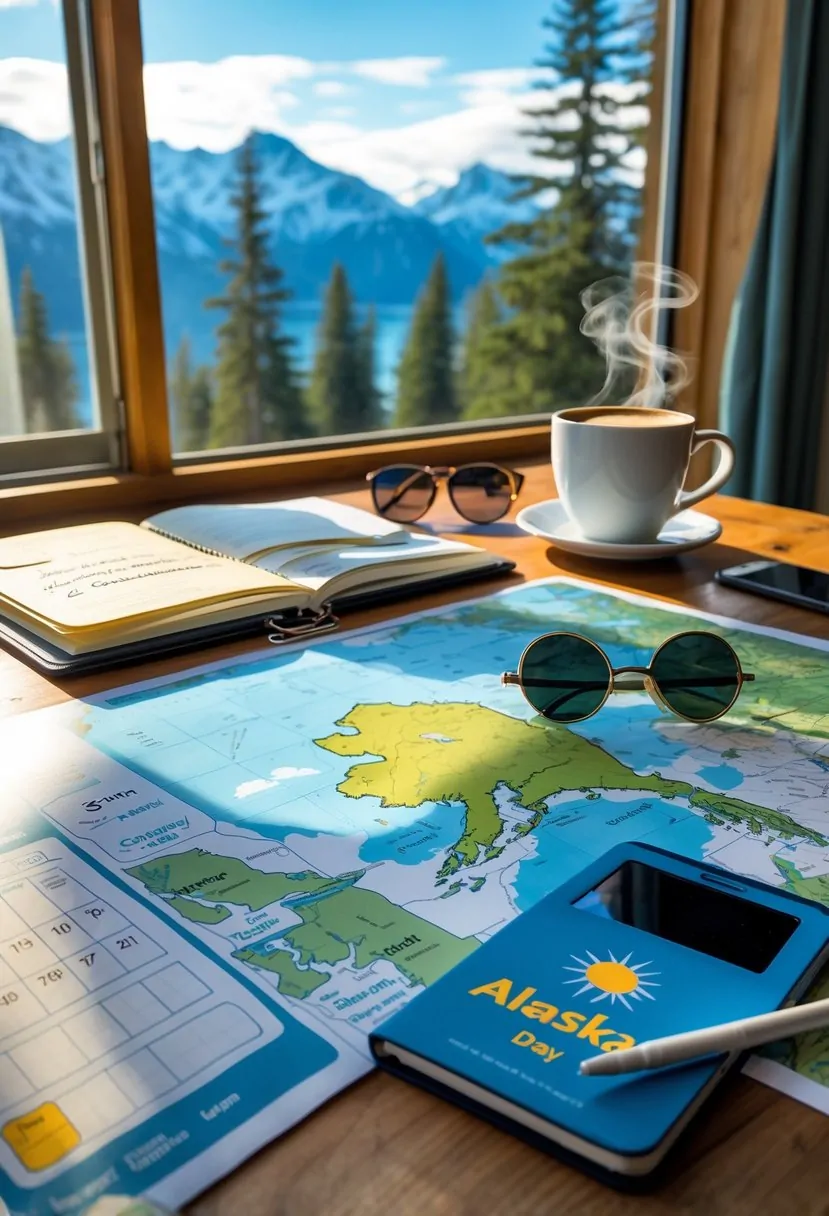
Planning a day trip to Alaska requires focusing on key factors like timing, travel, and the places to visit. Visitors need to consider Alaska’s weather, transportation options, and which attractions can fit into a single day.
Choosing the Best Time for Your Visit
The best time to visit Alaska for a day trip is during the summer months, from late May to early September. During this period, daylight can last up to 20 hours, giving visitors more time to explore. Weather is generally milder, with average highs between 60°F and 70°F.
Spring and fall have fewer tourists but more unpredictable weather, which might limit outdoor activities. Winter trips are shorter in daylight but offer a chance to see the Northern Lights.
Booking early for summer travel is important because this is the peak tourist season. Visitors should check the local weather forecast before finalizing plans to choose the best day for outdoor activities.
Booking Travel and Accommodations
Travel to Alaska often involves flying into Anchorage or Fairbanks. Booking flights several months in advance can save money and ensure availability, especially in summer.
For a one-day holiday, staying near your main point of interest is ideal to maximize sightseeing time. Popular areas include Anchorage, Juneau, and Seward, each offering easy access to key attractions.
Accommodations range from hotels and lodges to cabins. Guests should pick places close to transport hubs or tours. Booking accommodations with flexible cancellation policies is wise due to Alaska’s variable weather.
Transportation within Alaska may include rental cars, shuttles, or guided tours. Early reservations help secure the best choices.
Creating an Itinerary for Key Alaska Destinations
An efficient one-day itinerary focuses on a few close attractions to avoid long travel times. For example, in Anchorage, visitors might explore the Alaska Native Heritage Center, then head to nearby Chugach State Park for hiking or wildlife viewing.
In Juneau, a day might include a glacier tour and a visit to the Mendenhall Glacier Visitor Center. Seward offers access to Kenai Fjords National Park with boat tours featuring marine wildlife.
When planning, prioritize activities based on personal interests—wildlife, glaciers, or cultural sites. Tours and activities should be booked in advance to fit into the limited time.
A sample schedule looks like this:
- Morning: Scenic tour or nature walk
- Midday: Lunch near main attractions
- Afternoon: Visit museum or take a boat tour
This allows a balance of activity and rest within the tight timeframe.
Top Destinations and Activities to Experience
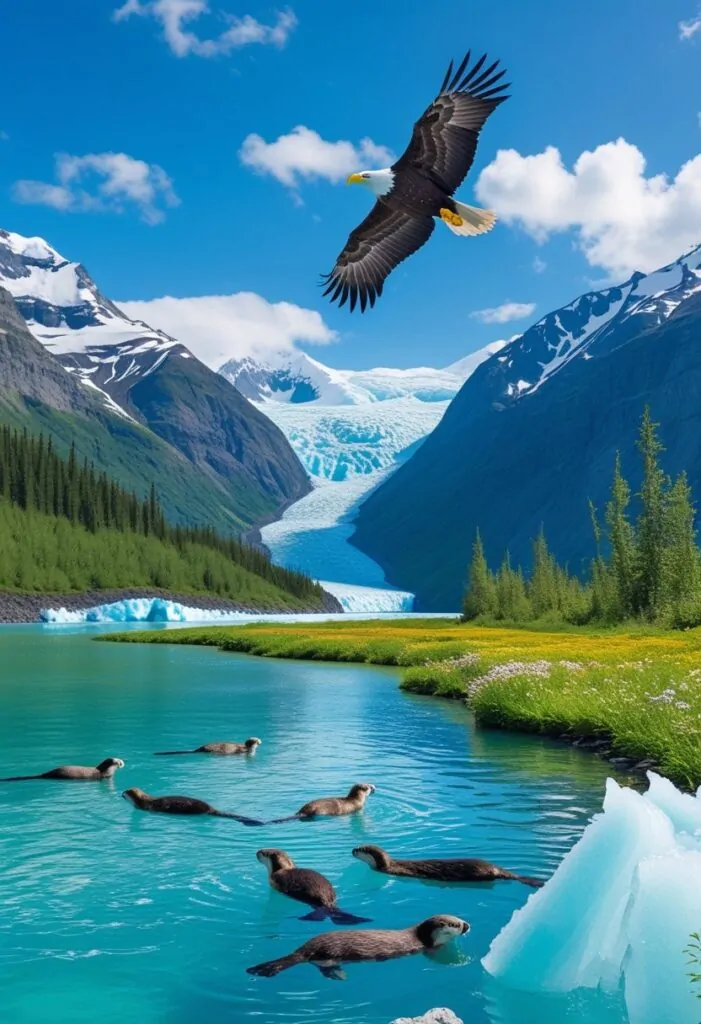
Alaska offers rugged wilderness, vast landscapes, and unique wildlife encounters. Travelers can explore vast national parks, cruise amidst glaciers and fjords, or take flightseeing tours for aerial views of iconic scenery.
Exploring Denali National Park
Denali National Park is home to North America’s tallest peak, Denali, standing at 20,310 feet. Visitors often explore its wilderness through guided bus tours, which provide wildlife spotting opportunities including bears, moose, and caribou.
Hiking trails of varying difficulty are available, from short strolls to multi-day treks. The park also offers ranger-led programs that teach about its natural and cultural history. Access is limited by vehicle permits, so planning ahead is important during busy months.
Visitors should prepare for changeable weather and bring necessary gear. Denali’s vastness means services are limited inside the park, so carrying food and water is advised.
Kenai Fjords Adventure Options
The Kenai Fjords region features stunning glaciers, fjords, and marine wildlife. Boat tours from Seward offer close-up views of glacier fronts such as the Exit Glacier, where visitors might also see seals, whales, and puffins.
Kayaking trips provide a more intimate way to explore the fjords’ calm waters. Wildlife tours include opportunities to spot bald eagles and sea otters. Hiking trails in the area range from easy walks at the glacier visitor center to longer coastal hikes.
Boat excursions often run half-day to full-day and may include stops for wildlife viewing or short hikes. Booking in advance is recommended during peak seasons to secure spots.
Flightseeing Tours Over Iconic Landscapes
Flightseeing tours offer a unique way to view Alaska’s vast wilderness, glaciers, and mountain ranges from above. Small planes or helicopters fly over areas like Denali National Park, the Wrangell-St. Elias mountain range, and the vast icefields.
These tours often include glacier landings, giving passengers a chance to walk on ice and explore remote areas inaccessible by other means. Flightseeing is a way to cover large distances quickly and see dramatic landscapes in a short time.
Tours vary in length, commonly lasting from 30 minutes to several hours. Weather conditions can impact availability, so flexibility with scheduling helps. Safety briefings and professional pilots contribute to a secure experience.
Practical Tips for a Memorable Alaska Day
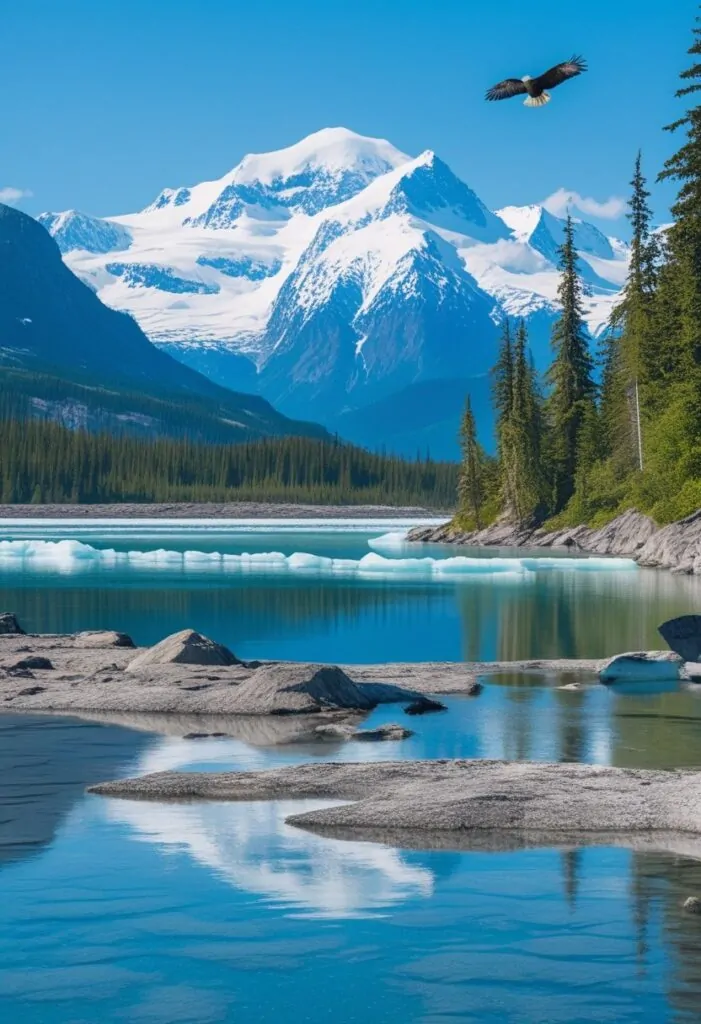
Planning for an Alaska day holiday requires careful attention to what you bring and how you move around. Being well prepared will help you enjoy the unique environment without stress or delays. Focus on practical gear and knowing the best ways to get from place to place.
Packing and Preparation Advice
It is important to pack layers of clothing because Alaska’s weather can change quickly. A waterproof jacket, warm base layers, and sturdy hiking boots are must-haves. Include sunglasses and sunscreen even if it looks cloudy, as UV rays can be strong.
For food and water, bring snacks and enough water since not all areas have easy access to stores. A small first-aid kit and a fully charged phone or GPS device can be helpful for safety.
If planning to see wildlife or visit national parks, a camera with a zoom lens and binoculars can enhance the experience. Always check the local weather forecast before heading out and allow extra time for unexpected delays.
Navigating Alaska During the Holiday
Transportation options vary depending on the part of Alaska. In cities like Anchorage or Juneau, public transit and taxis are available, but renting a car offers more flexibility, especially for short day trips.
Roads in Alaska can be rough or narrow. It is advisable to drive cautiously and prepare for wildlife crossings. For longer distances, consider local shuttle services or small planes to save time.
In remote areas, some sites may only be reached by boat or guided tours. Booking transportation ahead of time ensures availability. GPS and offline maps are useful since cell coverage is limited outside urban areas.
Plan routes carefully, allowing extra travel time due to weather or road conditions. Having a printed map backup is recommended in case electronic devices fail.
Frequently Asked Questions
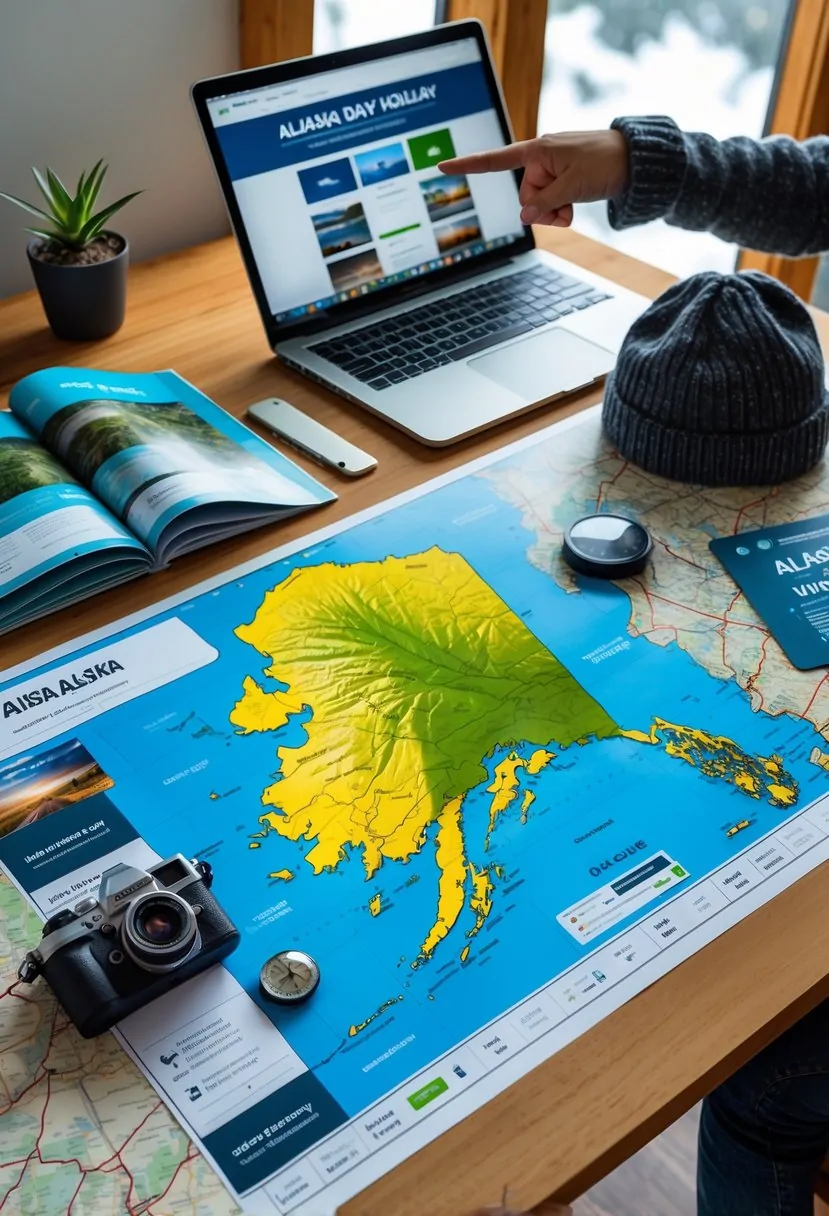
Alaska Day is marked by celebrations in specific towns with rich history. Visitors can expect a mix of parades, traditional events, and respect for local cultures.
What are the best locations to visit during the Alaska Day holiday?
Sitka is the main place to experience Alaska Day. It hosts the largest festivities because it was the site where Alaska was transferred from Russia to the U.S.
Other towns may have smaller events, but Sitka offers the most comprehensive celebration with parades and historic ceremonies.
What activities and events are traditional for Alaska Day?
The holiday includes a parade featuring local groups, music, and sometimes historic reenactments.
Events often last all day and can include flag-raising ceremonies, cultural performances, and community gatherings.
Are there any special cultural considerations to be aware of during Alaska Day festivities?
Alaska Day respects the heritage of both Native Alaskan communities and Russian-American history.
Visitors should be mindful to honor local customs and traditions, especially in Sitka, where many cultural groups participate in the celebrations.






